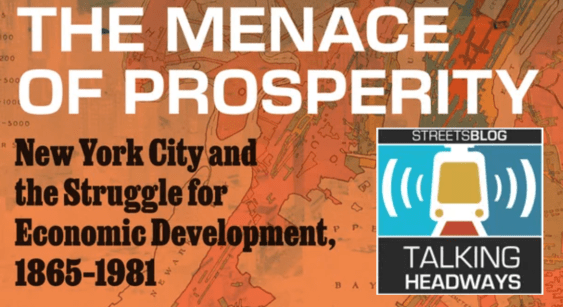Is the city center of your metro area shrinking or growing? The answer could be related to the strength of the local transit system, according to a study released this spring by the Center for Neighborhood Technology.
CNT's "Transit-Oriented Development in the Chicago Region" [PDF] focused on Chicago's progress with TOD compared to similar metros. Of the five metropolitan American regions with "extensive transit systems" that CNT examined, the areas within one half mile of rail stations -- the "transit-shed" -- grew more quickly than the areas outside the transit-shed in four regions, Chicago being the exception. CNT defined cities with "extensive transit systems" as those with between 325 and 981 stations.
CNT's underlying conclusion was that Chicago is not performing as well as its peer cities on transit-oriented development. The Chicago region grew 5.8 percent, while the transit shed grew only 2.1 percent.
"Urban sprawl has continued to be the dominant development pattern in the Chicago region," report authors found.
This may be largely due to a Chicago Housing Authority plan that eliminated more than 18,000 units in the city of Chicago, many of them within the transit-shed, according to CNT. Another factor could be that Chicago's transit-shed attracted smaller families, perhaps because of a lack of child-friendly housing by transit.
Around the country, the organization found, incomes for people living in transit-sheds increased more quickly than for the general population of the region. The report also found that combined housing and transit costs are lower within transit-sheds, but are increasing more quickly than outside of them.






